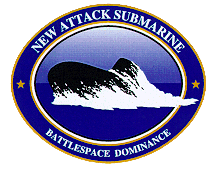
| Los Angeles | Seawolf | NSSN | |
| Length: | 360 feet (110 meters) | 353 feet (108 meters) | 377 ft. (115 m) |
| Beam: | 33 feet (10 meters) | 40 ft. (12.2 m) | 34 ft. (10.4 m) |
| Submerged displacement (long tons): | 6,900 | 9,100 | 7,800 |
| Submerged speed: | 25+knots | 25+knots | 25+knots |
| Depth: | 800+ ft. (250 m) | 800+ ft. (250 m) | 800+ ft. (250 m) |
| Weapons | |||
| Mk 48 ADCAP torpedoes | x | x | x |
| Tomahawk cruise missiles | x | x | x |
| Mk60 Captor mines | x | x | x |
| Advanced mobile mines | x | x | x |
| Unmanned underwater vehicles | -- | -- | x |
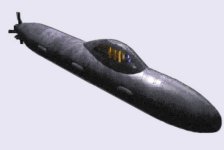
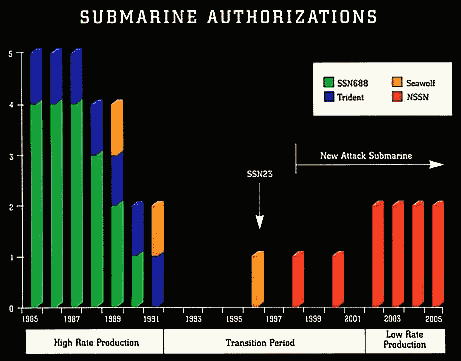


| Specifications(數據) | |
| Contractors | General Dynamics Electric Boat Division [lead design authority] Newport News Shipbuilding Lockheed Martin Federal Systems (Combat System) Raytheon Electronics Systems (Combat System) |
| Power Plant | One S9G pressurized water reactor ??,000 shp, one shaft with pumpjet propulsor Improved Performance Machinery Program Phase III one secondary propulsion submerged motor |
| Displacement | 7,800 tons submerged |
| Length | 377 feet |
| Draft | 32 feet |
| Beam | 34 feet |
| Speed | 25+ knots submerged |
| Depth | Greater than 800 feet |
| Horizontal Tubes | Four 21" Torpedo Tubes |
| Vertical Tubes | 12 Vertical Launch System Tubes |
| Weapons | 38 weapons, including: Vertical Launch System Tomahawk Cruise Missiles Mk 48 ADCAP Heavyweight Torpedoes Advanced Mobile Mines Unmanned Undersea Vehicles |
| Special Warfare | Dry Deck Shelter Advanced SEAL Delivery System |
| Sonars | Spherical active/passive arrays Light Weight Wide Aperture Arrays TB-16, TB-29, and future towed arrays High-frequency chin and sail arrays |
| Countermeasures | 1 internal launcher (reloadable 2-barrel) 14 external launchers |
| Crew | 113 officers and men |
| Total Program | 30 systems Total program cost (TY$) $67034M Average unit cost (TY$) $2110M |
| Status | Full-rate production 1QFY07 |
| Ships(同級潛艇)[tr]Name Number Builder Homeport Ordered Commissioned Stricken[/tr] | ||||||
| Virginia | SSN-774 | Electric Boat | Jun 1998 | Jun 2004 | ||
| Texas | SSN-775 | Newport News | Jun 1998 | Jun 2005 | ||
| Hawaii | SSN-776 | Electric Boat | Jun 1998 | Jan 2007 | ||
| SSN-777 | Newport News | Jun 1998 | Jun 2008 | |||
| SSN-778 | 2004 | 2010 | ||||
| SSN-779 | 2004 | 2010 | ||||
| SSN-780 | 2005 | 2011 | ||||
| SSN-781 | 2005 | 2011 | ||||
| SSN-782 | 2006 | 2012 | ||||
| SSN-783 | 2006 | 2012 | ||||
| SSN-784 | 2007 | 2013 | ||||
| SSN-785 | 2007 | 2013 | ||||
| SSN-786 | 2008 | 2014 | ||||
| SSN-787 | 2008 | 2014 | ||||
| SSN-788 | 2009 | 2015 | ||||
| SSN-789 | 2009 | 2015 | ||||
| SSN-790 | 2010 | 2016 | ||||
| SSN-791 | 2010 | 2016 | ||||
| SSN-792 | 2011 | 2017 | ||||
| SSN-793 | 2011 | 2017 | ||||
| SSN-794 | 2011 | 2017 | ||||
| SSN-795 | 2012 | 2018 | ||||
| SSN-796 | 2012 | 2018 | ||||
| SSN-797 | 2012 | 2018 | ||||
| SSN-798 | 2013 | 2019 | ||||
| SSN-799 | 2013 | 2019 | ||||
| SSN-800 | 2013 | 2019 | ||||
| SSN-801 | 2014 | 2020 | ||||
| SSN-802 | 2014 | 2020 | ||||
| SSN-803 | 2014 | 2020 | ||||
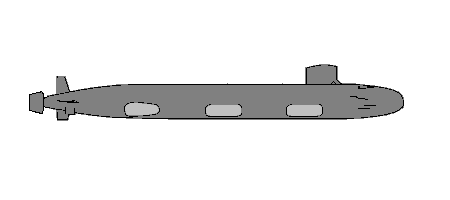
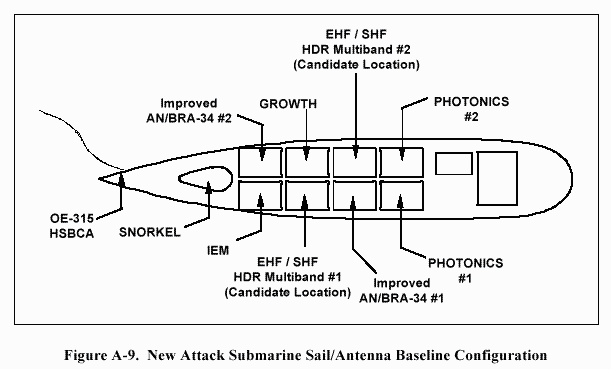
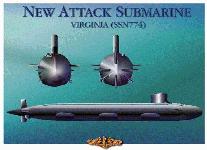
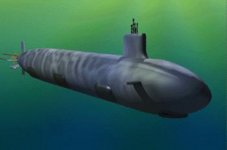
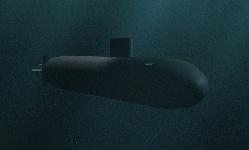
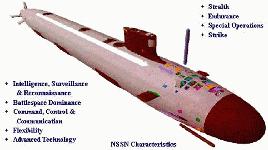
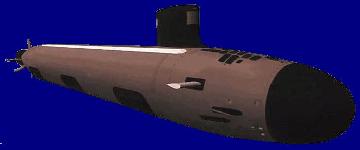








| 歡迎光臨 鐵之狂傲 (https://www.gamez.com.tw/) |